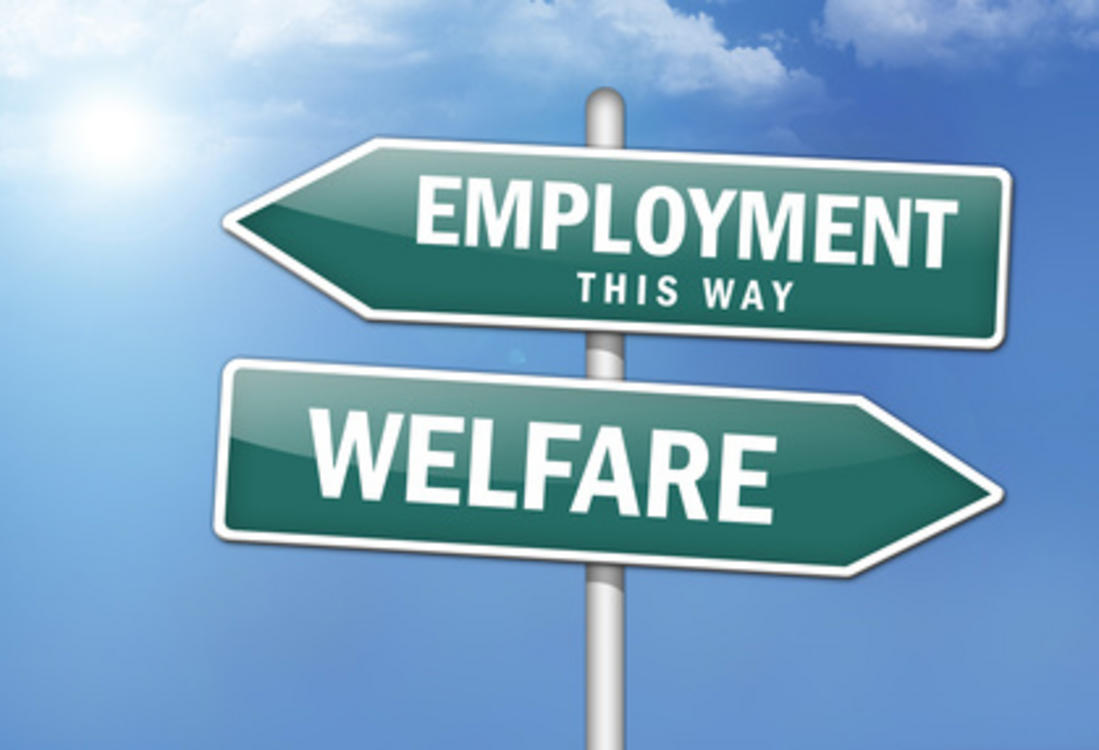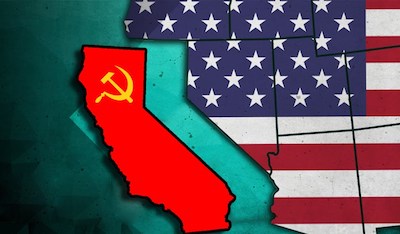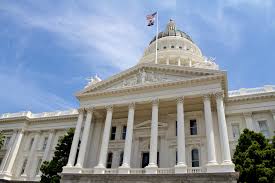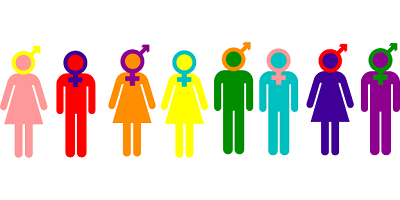Do Democratic Politicians Want to Keep People in Poverty?

Even though the state’s “per-capita GDP increased approximately twice as much as the U.S. average over the five years ending in 2016 (12.5%, compared with 6.27%),” Kerry Jackson of the Pacific Research institute recently reported in his LA Times article “Why is Liberal California the Poverty capital of the US?” that California still has the highest supplemental rate of poverty out of any state in the US. This rate of poverty is measured by the “Census Bureau’s Supplemental Poverty Measure, which factors in the cost of housing, food, utilities and clothing, and which includes noncash government assistance as a form of income.” But how can a state with such a rapidly growing economy have the highest rate of people living in poverty? There are certainly many contributing factors, but this article uses Jackson's research to conclude that democratic politicians and their leftist policies could be to blame.
First Jackson examines California's liberal welfare system, pointing out:
“It’s not as though California policymakers have neglected to wage war on poverty. Sacramento and local governments have spent massive amounts in the cause. Several state and municipal benefit programs overlap with one another; in some cases, individuals with incomes 200% above the poverty line receive benefits. California state and local governments spent nearly $958 billion from 1992 through 2015 on public welfare programs, including cash-assistance payments, vendor payments and ‘other public welfare,’ according to the Census Bureau. California, with 12% of the American population, is home today to about one in three of the nation’s welfare recipients.”
One might argue then that the frivolous spending on welfare by California’s government not only failed to decrease poverty in the state, but actually increased it. This hypothesis is supported when the poverty rate of California is compared to those of Wisconsin, Michigan, and Virginia following their initiation of welfare reform in the late 1980’s and early 1990’s under President Clinton and a Republican Congress. “Tied together by a common thread of strong work requirements, these overhauls were a big success: Welfare rolls plummeted and millions of former aid recipients entered the labor force.”
So if the data shows that welfare reform improved poverty rates in states across the country, why hasn’t California followed suit?
Jackson reveals:
“The state and local bureaucracies that implement California’s antipoverty programs, however, resisted pro-work reforms… As economist William A. Niskanen explained back in 1971, public agencies seek to maximize their budgets, through which they acquire increased power, status, comfort and security. To keep growing its budget, and hence its power, a welfare bureaucracy has an incentive to expand its ‘customer’ base. With 883,000 full-time-equivalent state and local employees in 2014, California has an enormous bureaucracy. Many work in social services, and many would lose their jobs if the typical welfare client were to move off the welfare rolls.”
In other words, many California bureaucrats gain more power and job security from increasing the number of people in the state who are dependent on welfare. The same principle could apply to Democratic politicians that solicit votes by promising to continue providing government hand-outs. One might argue that people in positions of power being fiscally or politically motivated to hand out taxpayers’ money to able bodied adults without obligating them to work or prepare for work not only undermines the need and motivation of people to support themselves, but it hurts the economy and places a burden on hardworking taxpayers and businesses in the long run.
A bureaucracy and politicians with motives to disincentivize hard work and productive behavior is not the only liberal symptom that has caused California to have the highest poverty rate in the US. Extensive regulations imposed by local and county governments aimed at restricting land use, reducing carbon emissions, and artificially increasing wages, have drastically increased the cost of living and doing business in California, leading to higher rates of poverty. This has led to fewer jobs in certain industries as well.
Restrictive Land Use Regulations:
Jackson claims that California’s housing crisis is contributing to California’s poverty crisis, writing:
“More than four in 10 households spent more than 30% of their income on housing in 2015… ‘Counties and local governments have imposed restrictive land-use regulations that drove up the price of land and dwellings,’ explains analyst Wendell Cox. ‘Middle-income households have been forced to accept lower standards of living while the less fortunate have been driven into poverty by the high cost of housing.’ The California Environmental Quality Act, passed in 1971, is one example; it can add $1 million to the cost of completing a housing development, says Todd Williams, an Oakland attorney who chairs the Wendel Rosen Black & Dean land-use group. CEQA costs have been known to shut down entire homebuilding projects. CEQA reform would help increase housing supply, but there’s no real movement to change the law.”
Extensive Regulations “to reduce carbon emissions:”
Extensive regulations created to reduce carbon emissions makes the cost of energy in California much higher, which has a greater negative effect on those in poverty, as higher percentage of their income, than it does on many of the upper-class politicians that govern California. Think about it like this: with income tax, the more money you make, the higher percentage of your money the government takes, and those in poverty don’t pay anything. With the carbon-tax, everyone, regardless of income, pays the same tax rate on the energy they consume.
Looking at the data, Jackson points out:
“By some estimates, California energy costs are as much as 50% higher than the national average. Jonathan A. Lesser of Continental Economics, author of a 2015 Manhattan Institute study, ‘Less Carbon, Higher Prices,’ found that ‘in 2012, nearly 1 million California households faced … energy expenditures exceeding 10% of household income. In certain California counties, the rate of energy poverty was as high as 15% of all households.’ A Pacific Research Institute study by Wayne Winegarden found that the rate could exceed 17% of median income in some areas.”
Artificial inflation of wages:
Sir Isaac Newton’s third law of physics states that for every action, there is an equal and opposite reaction. Although a law of physics may not directly translate to the government forcing businesses to increase the amount they pay their employees, it certainly relates. Jackson proposes that increasing the minimum wage may actually increase the number of people in poverty, because it often leads to fewer jobs by impeding the profitability and growth of businesses, and it does not benefit the portion of the people living in poverty who are also unemployed.
Citing a Harvard Study, Jackson argues:
“California lawmakers recently passed a measure raising the minimum wage from $10 an hour to $15 an hour by 2022 — but a higher minimum wage will do nothing for the 60% of Californians who live in poverty and don’t have jobs. And research indicates that it could cause many who do have jobs to lose them. A Harvard University study found evidence that ‘higher minimum wages increase overall exit rates for restaurants’ in the Bay Area, where more than a dozen cities and counties, including San Francisco, have changed their minimum-wage ordinances in the last five years. ‘Estimates suggest that a one-dollar increase in the minimum wage leads to a 14% increase in the likelihood of exit for a 3.5-star restaurant (which is the median rating),’ the report says. These restaurants are a significant source of employment for low-skilled and entry-level workers.”
Jackson concludes:
“With a permanent majority in the state Senate and the Assembly, a prolonged dominance in the executive branch and a weak opposition, California Democrats have long been free to indulge blue-state ideology while paying little or no political price. The state’s poverty problem is unlikely to improve while policymakers remain unwilling to unleash the engines of economic prosperity that drove California to its golden years.”
Instead, it sounds like democratic politicians in California could be promoting policies that increase rates of poverty in order to increase the number of impoverished people depending on government hand-outs so they can continue to solicit their votes. As more people grow more dependent on big government and democratic politicians, government and democratic politicians gain more power.
If this is all true, then the political left’s abuse of the welfare system is like a hospital knowing the cure(policies proven to help people become self-sustaining) to a disease(poverty), but only offering patients(impoverished people) monthly treatments(welfare) so they continue to depend on and continue to pay the hospital (vote for Democrats).








